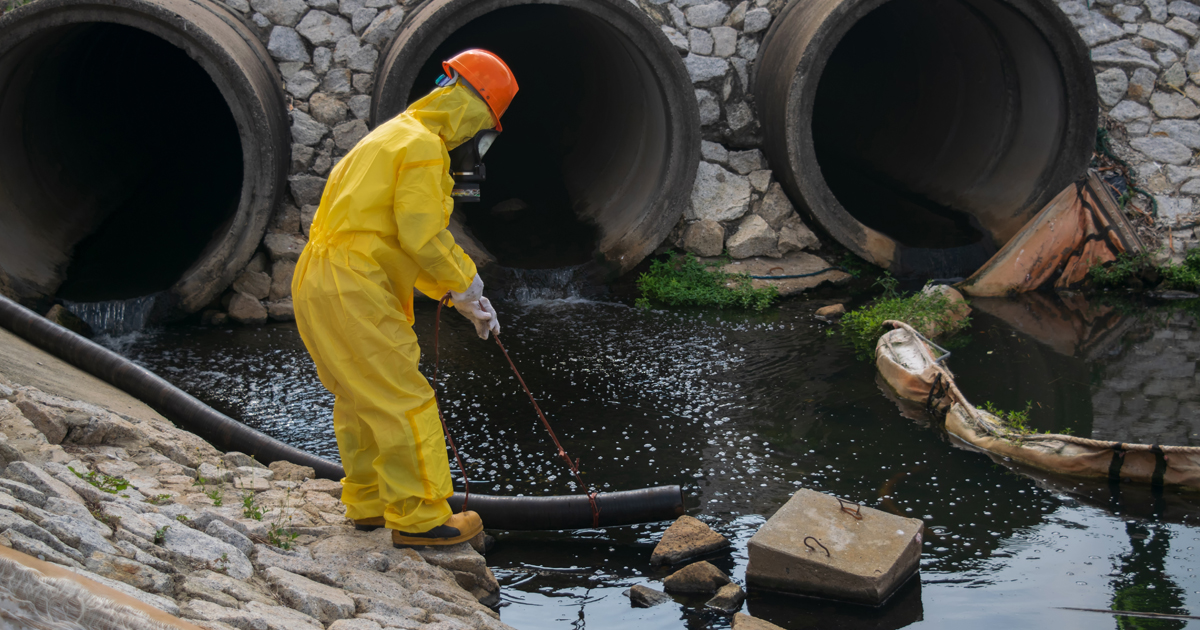Certain environmental chemicals linked to increased kidney disease risk
Click Here to Manage Email Alerts
Exposure to seven types of environmental chemicals may play a role in elevating the risk for kidney disease, according to study results.
“Recently, people have been exposed to more environmental chemicals than before,” primary investigator Jeonghwan Lee, MD, PhD, of Seoul National University Boramae Medical Center, said in a press release regarding the study. “Of these chemicals, only a few are known for their effects on diseases such as [chronic kidney disease] CKD. Moreover, the impact of newly introduced chemicals is not known at all.”
To examine the impact of environmental chemicals on the development of kidney disease, Lee and colleagues used data related to 46,748 adults who participated in the National Health and Nutrition Examination Survey. Considering 262 chemicals that were measured in either urine or blood, the researchers determined associations between exposure to the chemicals and albuminuria or reduced eGFR.
The chemicals found to have significant associations with increased risk for albuminuria included serum and urine cotinines (noted to be markers of exposure to tobacco smoke), blood 2,5-dimethylfuran and blood cadmium. Blood lead and cadmium were associated with reduced eGFR, while blood cadmium, lead and blood 2,5-dimethylfuran, blood furan and urinary phenylglyoxylic acid were associated with the composite outcome of albuminuria or reduced eGFR. These chemicals have not previously been demonstrated to have associations with CKD, according to the researchers.
Further findings indicated 23 chemicals, including serum perfluorooctanoic acid, seven urinary metals, three urinary arsenics, urinary nitrate and thiocyanate, three urinary polycyclic aromatic hydrocarbons and seven volatile organic compounds, were associated with lower risks of one or more manifestations of CKD.
“Our results, using the largest data set accumulated on the general United States population, clearly show that several chemicals exposed during daily lives are significantly associated with CKD,” the researchers concluded.

In a related editorial James S. Kaufman, MD, of the New York University School of Medicine, suggested some limitations to the research, including that Lee and colleagues examined only 262 chemicals for their study, though the Chemical Abstracts Service Registry contains more than 100 million chemicals and there are an estimated 143,835 industrial chemicals on the global market.
“In fact,” he added, “several chemicals that have been associated with CKD in other observational studies, including metolachlor, paraquat, glyphosate, and diazinon, were not included in the study of Lee et al.”
Kaufman contended that investigating the potential relationship between environmental chemicals and nephrotoxicity remains a “daunting task.”
“An [environment-wide association study] EWAS may be useful for identifying previously unappreciated toxins but other techniques, including careful documentation of occupational exposures with longitudinal follow-up and wider use of kidney biopsies in CKD with uncertain causes, may provide evidence for potential nephrotoxicants,” he wrote. “Meanwhile, we need to make sure that workers have appropriate protective equipment when exposed to toxic chemicals and that we all have access to clean, safe water.” – by Melissa J. Webb
Disclosures: The authors report no relevant financial disclosures.
